Appalachian Cottontail
Sylvilagus obscurus
Status: Secure
Appalachian Cottontails are forest dwelling, medium sized rabbits ranging from 15 to 17 inches in length. Their fur is a yellowish brown mixed with black and underneath their body, the fur is a whitish color. They have a short fluffy tail that is brown on top and white underneath.
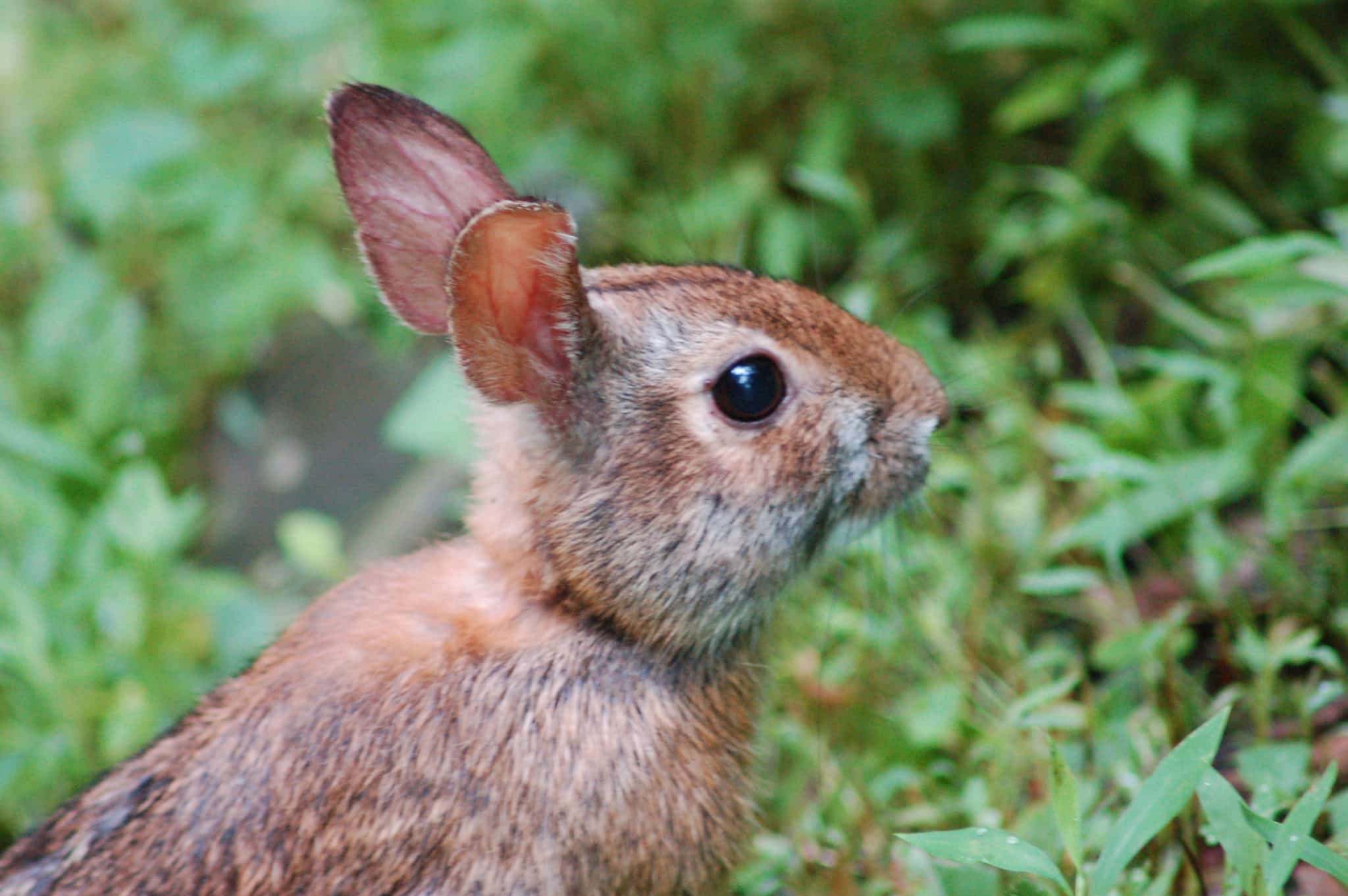
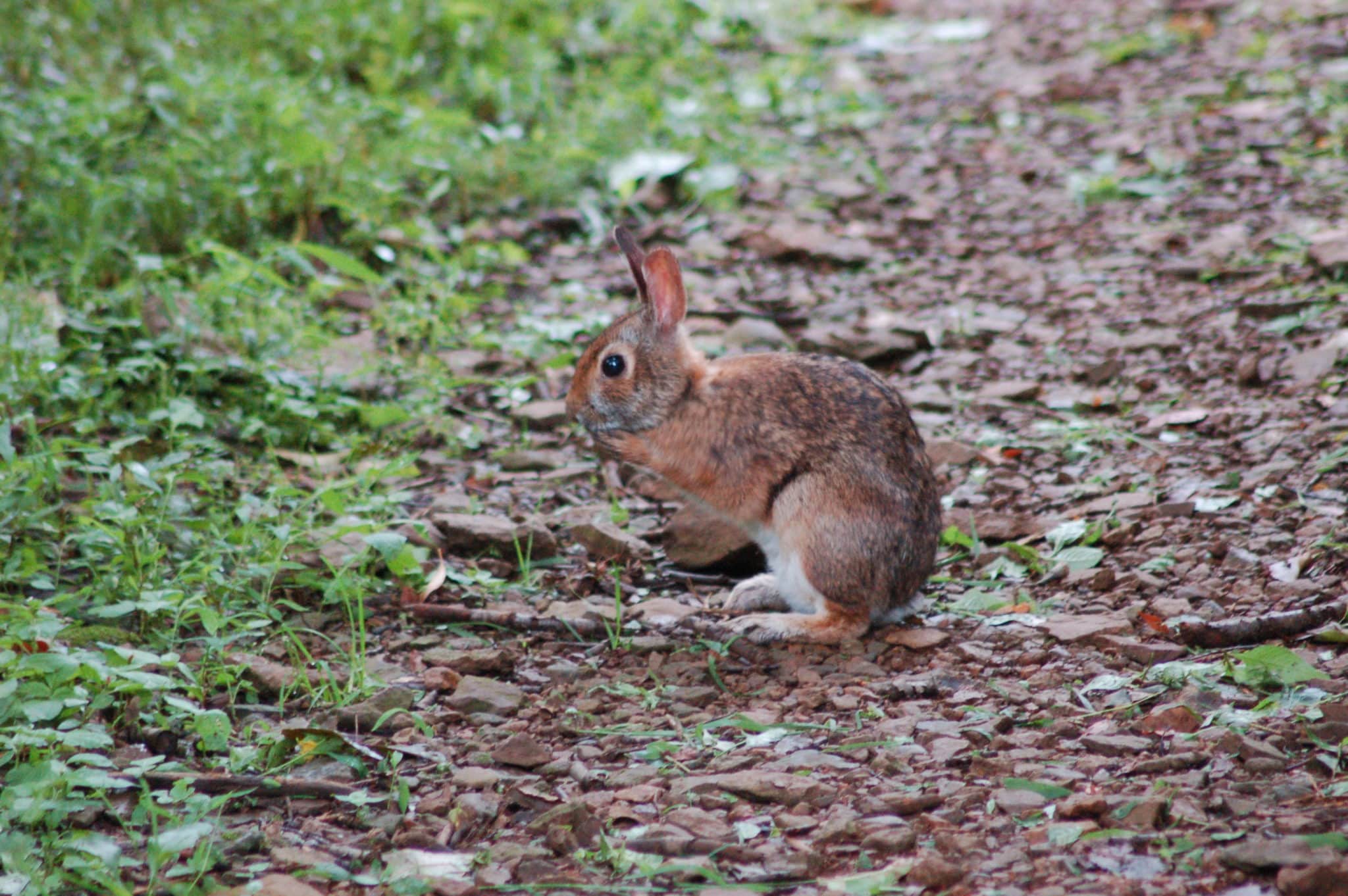
Habitat & Range
Appalachian cottontails are found in dense forests, brushy habitats, and scrub forests in the Appalachian Mountains. The Appalachian Mountains stretch from southern New York all the way to northern Mississippi.
Food Web & Energy Flow
Appalachian cottontails feed on grasses, leaves, twigs, and fruits. They are considered herbivores since they only eat plants and are primary consumers. Like many other rabbits, these cottontails eat their own feces in case any nutrients were missed the first time their food went through their digestive system.
Relationship to Fire
Appalachian cottontails are active around dawn (early in the morning) and dusk (night). During the day, these cottontails use dense vegetation for protection and shelter. They need frequent fires in the area to keep the understory growing. Without the dense understory, they can be easily seen by predators which can cause their population to decline.
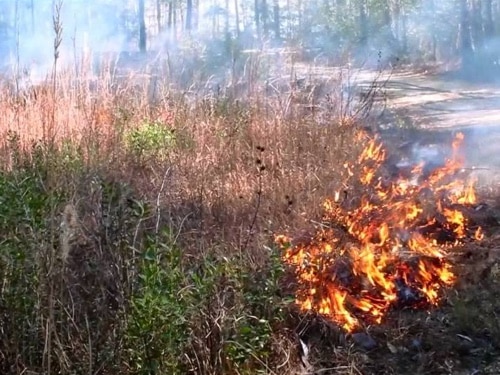
Conservation Status
This species of cottontail is considered Secure and is not currently under any major threats. Some states have different levels of pressure due to habitat destruction and fire suppression but they are still minor threats.
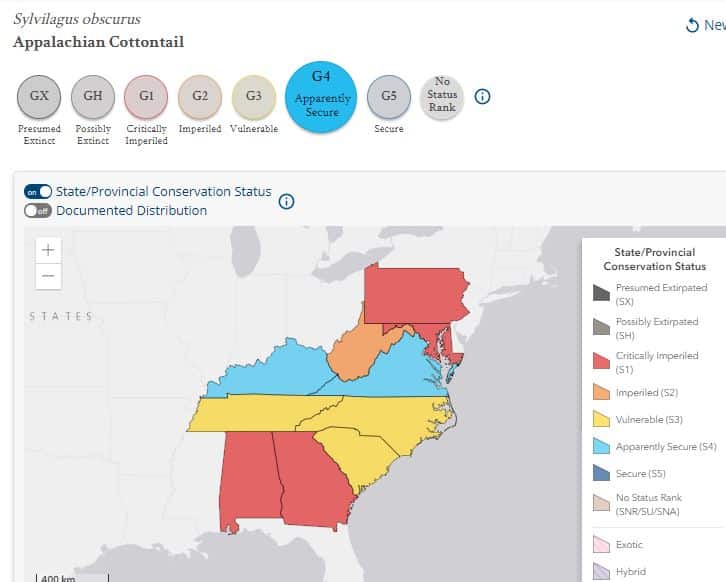
Human Impacts/ Threats
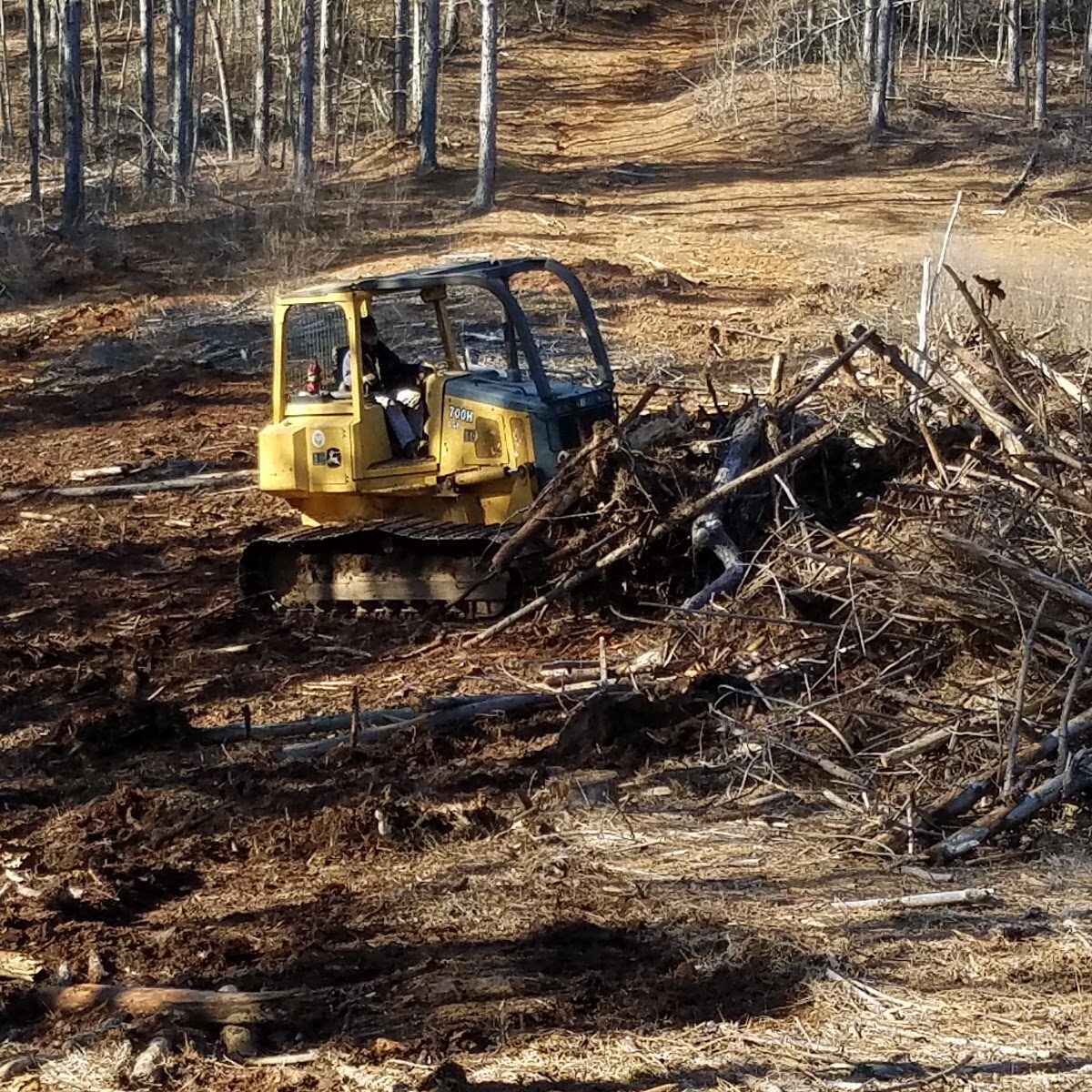
Land Use Conversion
Longleaf forests and the habitat it supports is being cleared or converted to use the land for other uses like houses, roads, agriculture, and even to grow different types of trees to sell.

Fire Suppression
Many people think of fires in the forest as bad, so they work hard to prevent or suppress them. But longleaf forests NEED regular fire to support habitat for the species that live there!
Resources
North Carolina Wildlife Profiles. Appalachian Cottontail
Tennessee Wildlife Resource Agency. Appalachian Cottontail
Animal Diversity Web. Sylvilagus obscurus
